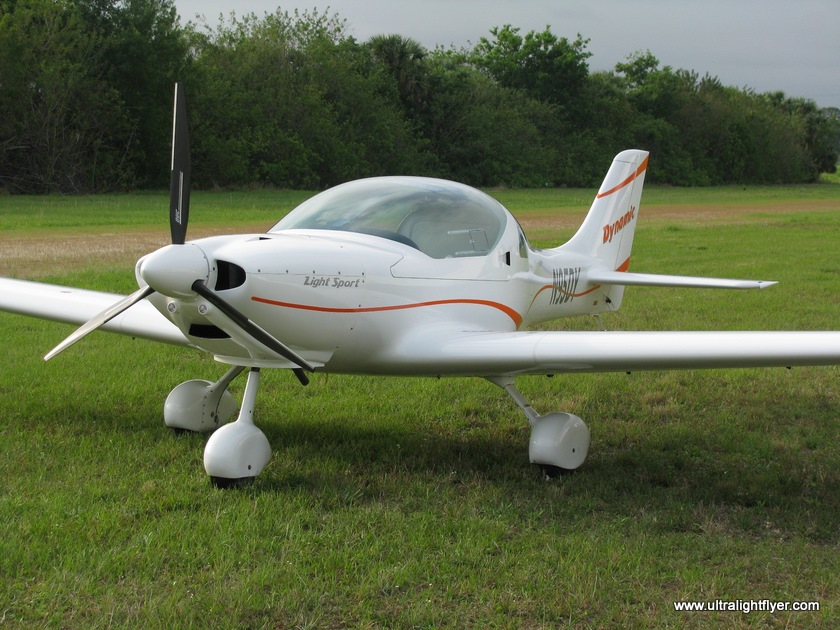The Best Strategy To Use For "Safety First: Essential Tips for Flying a Light Aircraft"

The Evolution of Light Aircraft: Coming from Pioneering Designs to Modern Innovations
Light aircraft have come a long way since their simple beginnings in the early 20th century. These little, flexible aircrafts have played a essential duty in air travel past history, from lead-in designs that pressed the boundaries of tour to modern innovations that have revolutionized the technique we travel. In this article, we will certainly look into the advancement of lightweight aircraft, highlighting essential breakthroughs and innovations that have shaped their layout and efficiency.
The origins of light plane can easily be outlined back to the early days of flying when innovators and aficionados looked for to control the skies with their soaring equipments. One such leader was Orville Wright, who produced background with his successful trip at Kitty Hawk in 1903. The Wright brothers' aircraft, understood as the Wright Flyer, was a biplane with a wingspan of 12.3 meters and a weight of around 340 kilograms. While A Good Read might seem basic through today's requirements, this lead-in style put the base for future developments in light aircraft.
Throughout the very early 20th century, developers and developers tried out along with different setups and materials to enhance upon existing designs. One distinctive example is the Piper J-3 Cub, offered in 1937 by American maker Piper Aircraft. The Cub included an all-metal airframe and came to be profoundly preferred due to its affordability, stability, and simplicity of make use of. It played a essential task throughout World War II as a coach for army captains.
Innovations in modern technology in the course of the mid-20th century led to notable renovations in lightweight airplane performance and safety. The introduction of much more effective engines permitted these airplanes to fly a lot faster and much higher than ever before in the past. Additionally, advancements such as retractable landing gear and improved the rules of aerodynamics enriched reliability and control during trip.
One renowned instance of this period is the Cessna 172 Skyhawk, to begin with flown in 1955. The Skyhawk swiftly became one of the most productive lightweight airplane designs in history, with over 44,000 systems made to date. It included a high-wing setup, four chairs, and a reliable piston motor. The Skyhawk's adaptability and simplicity of procedure produced it a well-liked choice for personal aviators and trip universities.
In latest years, developments in components, avionics, and propulsion systems have even further transformed the world of lightweight airplane. The intro of composite components, such as carbon fiber-reinforced plastics, has resulted in lighter and stronger airframes. This not only strengthens fuel effectiveness but likewise improves efficiency and protection.
The assimilation of innovative avionics has transformed cockpit instrumentation and navigation capacities. Glass cabins with electronic tour display screens have substituted traditional analogue gauges, supplying aviators along with even more correct and detailed info at their fingertips. GPS navigation units have additionally ended up being regular tools in present day light plane, making it possible for for precise course strategy and navigation.

An additional considerable progression is the introduction of electricity power devices for light airplane. Electric motors deliver various perks over conventional piston motors, featuring lowered sound levels, lesser operating expense, and ecological sustainability. While power aircraft are still in the early phases of advancement and fostering due to constraints in battery modern technology, they store fantastic guarantee for the future of aeronautics.
In conclusion, the evolution of light airplane from pioneering concept to modern technologies has been driven through a mix of technical innovations and the demands of flies and drivers. These tiny planes have come a long technique since their creation at Kitty Hawk over a century earlier. Along with each brand-new design version happens improved performance, safety and security features, and operational productivity. As we look in advance to the future of light plane innovation, one can just envision the stimulating options that exist ahead.
Word count: 579
